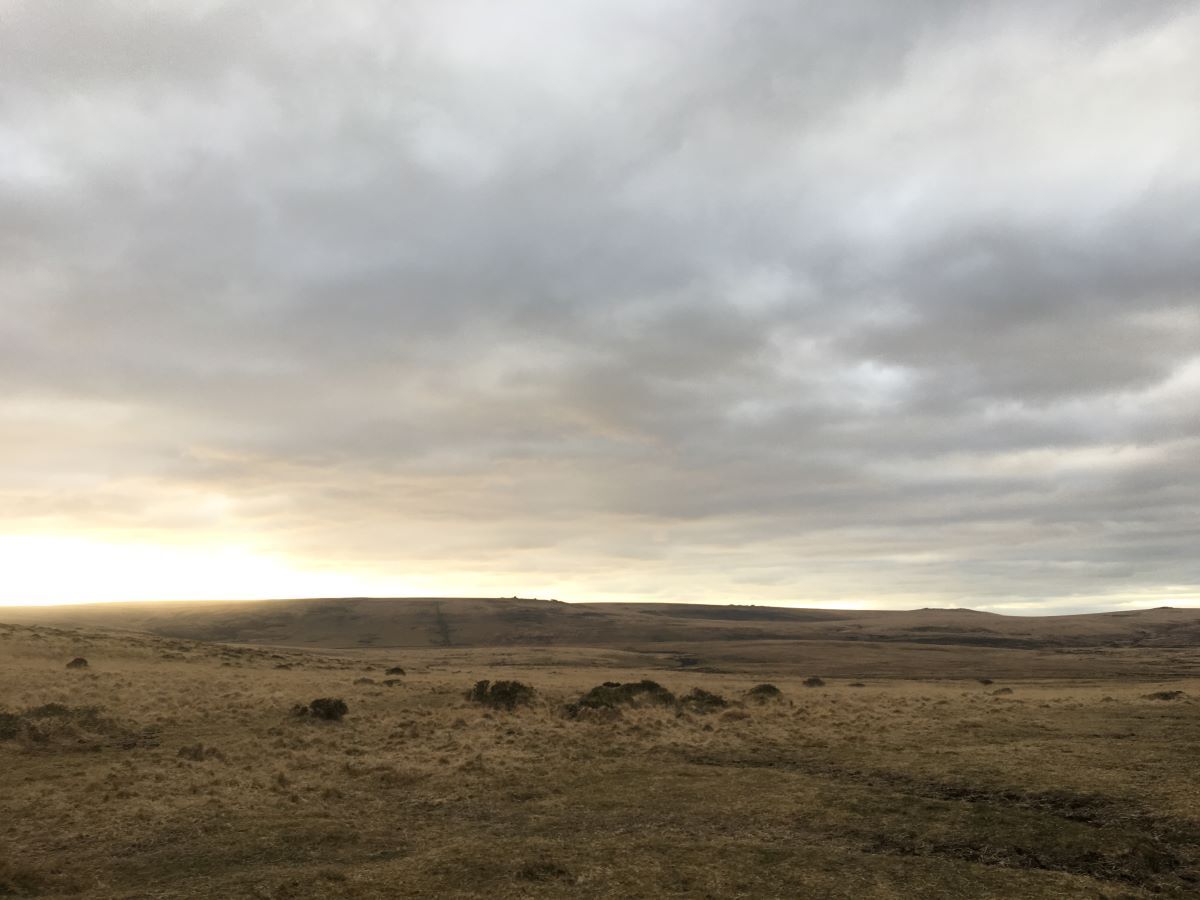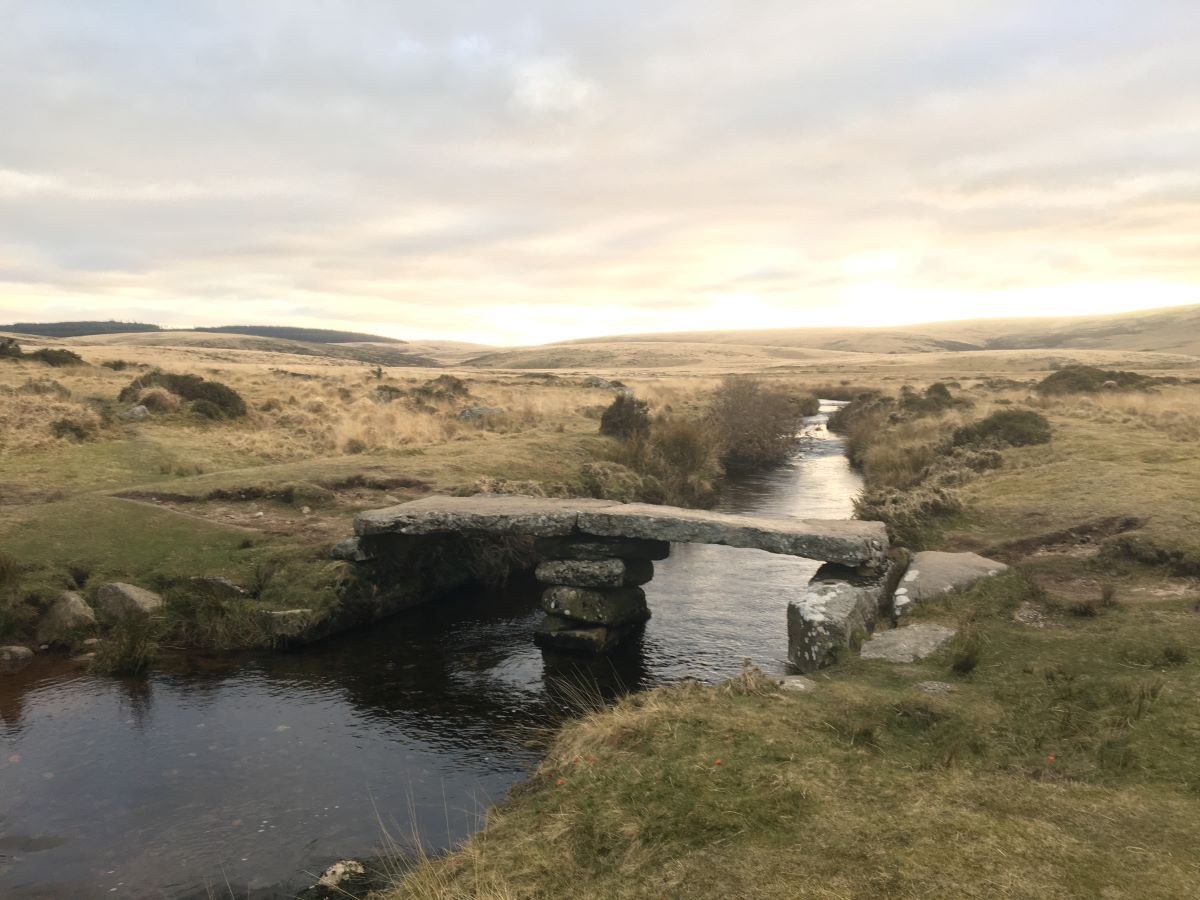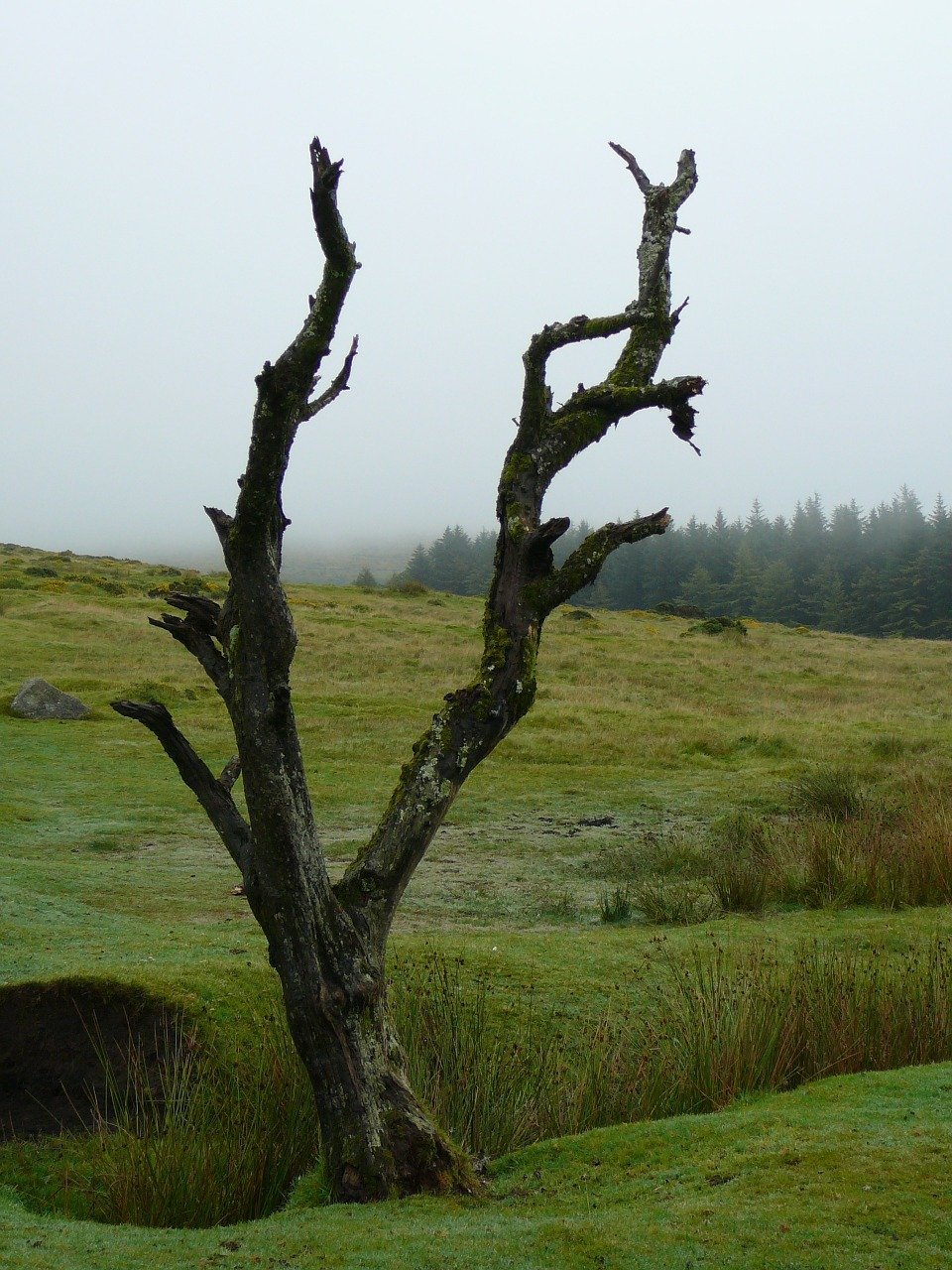
Environmental campaigner Tony Whitehead considers the extent to which Dartmoor’s nature is protected, and the shocking condition of its protected sites.
On 28 September Boris Johnson committed to protecting 30 per cent of the UK’s land by 2030. A fine ambition, of course, and to be welcomed. In the government statement that accompanied the announcement were given details of just what this entails:
“Existing national parks, areas of outstanding natural beauty (AONBs) and other protected areas already comprise approximately 26 per cent of land in England. An additional 4 per cent – over 400,000 hectares (ha), the size of the Lake District and South Downs national parks combined – will be protected to support the recovery of nature.”
To say the least, this raised a few eyebrows in the nature conservation community, simply because it made the huge assumption that nature within our national parks and AONBs is actually protected. Sadly this is far from the case.
I live in Dartmoor national park. I have a passion for its landscapes and nature, and spend a lot of time on the moor. What I see in many places, especially on the commons, is a land almost completely devoid of nature. For sure, the views look good, but in so many places there’s so little life, so little actual diversity. I feel often as though I’m wandering through a wasteland. This is a deeply wounded place.
Hyperbole? Let’s have a look at the facts and consider the extent to which Dartmoor is ‘protected’ and the state of these ‘protected’ places.
Part of a national park authority’s statutory (ie legal) purpose is to conserve and enhance wildlife. However, just being a national park in itself offers limited direct statutory protection for nature. The so-called ‘Sandford Principle’ requires the park to choose nature if there’s a conflict between nature and people. And it can certainly influence. But for a large part it is essentially an administrative boundary placed around a landscape.
The national park’s natural heritage instead relies heavily on other protections. First, 24.3 per cent (23,161ha) of Dartmoor is a designated special area of conservation (SAC). This is enabled under the EC habitats directive to give statutory protection for sites of European importance. This will still apply after Brexit, because the designation is written into English law (for the moment).
Second, 27.5 per centof Dartmoor has statutory protection through numerous sites of special scientific interest (SSSIs, colloquially known as ‘triple S eyes’). The wildlife (and/or geological) value of each SSSI is described in a citation in which key features are given, and suggestions are made on both the management of the sites and on any damaging operations which are to be avoided.
The reason parts of Dartmoor are designated in this way primarily rests on their importance for certain sorts of habitat, three of which in particular are of note nationally.

First are Dartmoor’s blanket bogs – that wet, jelly-like ground so well known to ramblers – of which Dartmoor holds 3.5 per cent of England’s total. Alongside the bogs, the heaths are also significant in their Dartmoor form: a mix of heather and bilberry. Then there are the upland oakwoods, of which Wistman’s and Blackator are the exemplars.
Alongside the SAC and SSSIs, some areas are also designated as county wildlife sites, though this status is merely advisory.
So, we know what Dartmoor is important for, and it has an extensive array of legal protections, but what in reality is the condition of these ‘protected’ sites?
First, it’s worth zooming out for a moment and considering the state of SACs in a UK context. Remember, these are the sites of European importance and should be our very best, the UK’s ‘nature crown jewels’ as it were.
According to the UK’s joint nature conservation committee (JNCC), there are 77 different habitat types covered by UK SACs. In 2019, 80 per cent (62) of these were cited as being in bad condition. No wonder the UK was recently listed as bottom of the class amongst G7 countries, and third from the bottom in Europe, in terms of the ‘intactness’ of its biodiversity.
One of the important reasons for Dartmoor being an SAC is its blanket bog. You have to investigate further to find the data in the JNCC reports, but the condition of blanket bogs in SACs in the UK is functionally very poor. The descriptor “future trend of structure and functions is very negative – important deterioration” hardly inspires confidence. The other reason Dartmoor qualifies as an SAC is for its heaths. But, again, across the UK we find this habitat described as “very negative – important deterioration”.
Is this UK status reflected on Dartmoor?
In a December 2018 article on the state of national parks in British Wildlife magazine,the percentage of all SSSIs in favourable condition on Dartmoor was given as just 16 per cent. On this count, Dartmoor is the third worst of all England’s national parks, just pipped to bottom place by Exmoor and North Yorkshire Moors. 16 per cent is a shocking figure, and should be of concern to all of us, especially if you consider that the average percentage of SSSIs in ‘favourable’ status across England is 38 per cent. In short, the average condition of SSSIs within the national park boundary is worse than that of those outside.
Dartmoor SSSIs have 12,179ha of blanket bog. Just 2.8 per cent are in ‘favourable’ condition – Tor Royal bog (in part), High House waste and Fox Tor mire. The rest are ‘unfavourable’. And the heaths? These are faring a little better, but, honestly, not much with just 9.7 per cent of a total 10,738ha within the SSSIs in favourable condition. The only habitats that could pass as ‘sort of doing OK’ are the mires, with 52 per cent of 130ha in favourable condition, and the woodlands (Wistman’s, Blackator, Dendles), which constitute a small fraction of the protected area (82ha), but almost all (98 per cent) are in favourable condition.
Let’s just pause to repeat that the other way round. Over 97 per cent of blanket bogs in the Dartmoor SAC, the land for which it is internationally important, are in unfavourable condition. For heaths the figure is over 90 per cent unfavourable. This is nothing short of a disgrace – these are our equivalent of the rainforests in terms of their nature value (and indeed their carbon value).
Now, the seasoned land manager would immediately point out that many of those listed as unfavourable are actually categorised as ‘unfavourable–recovering’. Well yes, that is indeed the case. On the blanket bog 3,211ha is ‘recovering’ and on the heaths 8,961ha is also ‘recovering’. But the definition of unfavourable–recovering is that “all the necessary management mechanisms are in place” for improvement. In short, any SSSI that is covered in an agri-environment scheme (where farmers are in agreements to manage land for wildlife, eg entry or higher-level stewardship) is automatically listed as ‘recovering’. It’s more about potential than actual.
Take Okehampton common for instance. This is part of the North Dartmoor SSSI and has been in its current agri-environment agreement since 2012. In 2018 the following note was made on the SSSI record: “the current condition is [unfavourable–] recovering; however, a site check has thrown doubt on whether we are seeing improvement in key habitats (blanket mire, wet heath and dry heath).” Clearly, being listed as ‘unfavourable–recovering’ may not actually mean it is getting better.

To summarise, if you consider, as we have done here, just the condition of protected sites, Dartmoor has a big nature problem. Of the Dartmoor SAC, which covers around a quarter of the national park, just 6.6 per cent is in favourable condition. And the national park has certainly not reached, by a country mile, the targets described by the government back in 2011 when it required that at least 50 per cent of SSSIs should be in ‘favourable’ condition by 2020. It’s also worth being clear that the poor state of the moor’s protected sites has not changed significantly in the past decade. In short, Dartmoor national park is failing in one of its key purposes.
This all rather leaves the prime minister’s blithe conviction regarding the amount of protected land in tatters. In its Lost Decade report the RSPB recently suggested that, in fact, only 5 per cent of land in the UK can be described as properly protected. This means we really need to see some huge and dramatic improvements.
But how did things get to be so bad on Dartmoor? Why is Dartmoor so wounded? This is where a poor state of affairs turns into something of a scandal. I will return to this in part two of this series.




